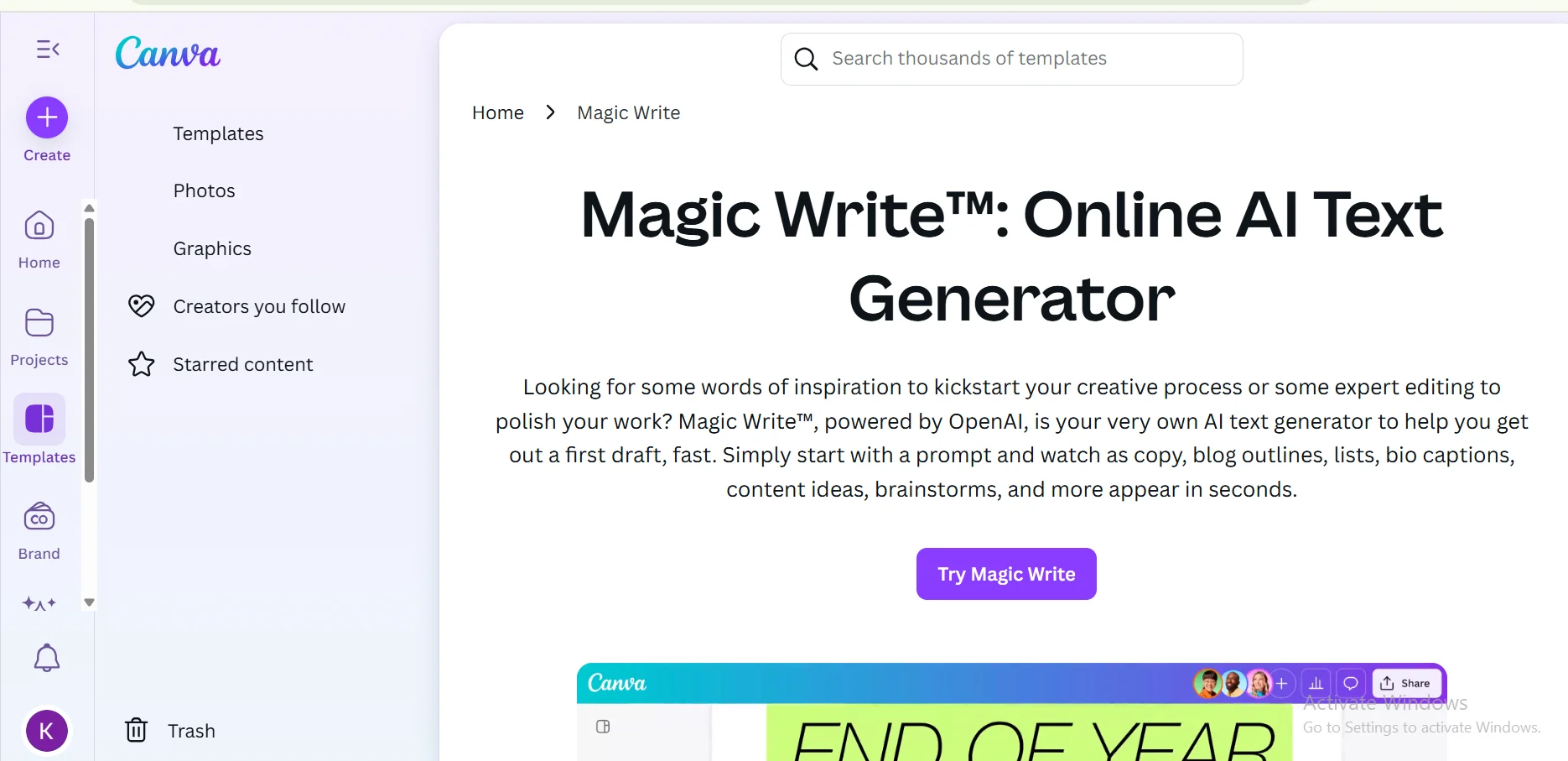For parents of children with special needs, navigating the education system can feel like an uphill battle—endless meetings, complex Individualized Education Programs (IEPs), and the constant worry about whether their child is receiving the right support. The emotional and logistical toll is immense, often leaving parents overwhelmed and searching for solutions. Enter artificial intelligence (AI), a game-changer that’s shocking parents with its ability to revolutionize special education. This article explores the AI impact on special education parents, offering practical ways AI tools alleviate their challenges, streamline processes, and empower them to advocate effectively for their children’s education.
Why use AI in special education? AI enhances special education by personalizing learning, automating administrative tasks, and providing data-driven insights, enabling parents and educators to better support students with disabilities.
Understanding the Challenges for Special Education Parents
Parents of children with special needs face unique challenges. Crafting and monitoring IEPs requires constant collaboration with educators, which can be time-consuming and emotionally draining. Language barriers often complicate communication, especially for non-English-speaking families. Additionally, parents struggle to track their child’s progress in real time, making it hard to advocate effectively during school meetings. The shortage of special education teachers—98% of U.S. school districts report deficits—exacerbates these issues, leaving parents feeling unsupported. These challenges impact parents’ ability to ensure their child receives equitable, inclusive education tailored to their needs.
“Parents of students with disabilities often feel like they’re navigating a maze with no map. AI can provide the clarity and tools they need to advocate effectively.” — Dr. Amy McCart, Special Education Researcher
5 Ways AI Impacts Special Education Parents Positively
Here are five actionable ways AI is transforming special education, directly addressing the pain points of parents while enhancing their children’s learning experiences.
1. Personalizing Learning for Special Needs Students

How AI Helps: AI-driven adaptive learning platforms analyze student performance in real time, tailoring content to individual learning styles and needs. This personalization ensures students with disabilities, such as autism or dyslexia, engage with materials at their own pace, boosting confidence and outcomes.
Why It Matters for Parents: Parents gain parent insights into their child’s strengths and challenges through detailed progress reports, enabling them to advocate for appropriate accommodations during IEP meetings.
How to Implement AI for Personalized Learning:
- Choose an Adaptive Platform: Select tools like DreamBox or Smart Sparrow, which adjust content based on student responses. DreamBox
- Monitor Progress Reports: Use AI-generated dashboards to track academic trends and share with educators.
- Collaborate with Teachers: Discuss AI insights during IEP reviews to refine goals.
- Engage at Home: Reinforce learning with AI-recommended activities tailored to your child’s needs.
Example: A parent of a child with ADHD uses DreamBox, which adapts math lessons to shorter, engaging formats. The parent receives weekly reports showing improved focus and progress, empowering them to request similar strategies in the classroom.
Tool Review: DreamBox
- Purpose: Personalizes math and reading instruction for students with diverse needs.
- Key Features: Adaptive algorithms, real-time progress tracking, parent-friendly dashboards.
- Benefits: Enhances engagement, reduces frustration, and provides special needs learning insights.
- Ease of Use: Intuitive interface; minimal setup for parents and educators.
- Integration: Compatible with school learning management systems like Google Classroom.
- Pricing Model: Subscription-based; contact DreamBox for school or individual pricing.
- Real-World Application: A parent uses DreamBox reports to advocate for extended time on math assessments, aligning with their child’s IEP goals.
- Pros: Highly adaptive, engaging visuals, robust reporting.
- Cons: Requires consistent internet access; limited subject coverage (math and reading only).
“AI’s ability to personalize learning is a lifeline for parents who want their children to thrive in ways traditional methods often can’t deliver.” — Dr. James Basham, University of Kansas
2. Streamlining IEP Development and Management

How AI Helps: AI tools like ChatGPT and Goblin.tools automate the drafting of IEPs, progress reports, and parent communications, saving educators hours of administrative work. This efficiency allows more time for meaningful collaboration with parents.
Why It Matters for Parents: Automated IEP drafts reduce delays, ensuring timely updates to their child’s plan. Parents receive clearer, professional communications, easing the stress of navigating complex documents.
How to Use AI for IEP Management:
- Draft IEPs with AI: Use ChatGPT to generate SMART (Specific, Measurable, Achievable, Relevant, Time-bound) goals. ChatGPT
- Formalize Communications: Use Goblin.tools to refine emails or reports for clarity and professionalism. Goblin.tools
- Review AI Outputs: Ensure educators verify AI-generated content for accuracy and compliance.
- Share Feedback: Parents can provide input on AI-drafted goals to ensure alignment with their child’s needs.
Example: A special education teacher uses ChatGPT to draft an IEP for a student with autism, generating clear behavioral goals. The parent reviews the draft, suggests adjustments, and finalizes it in half the usual time.
Tool Comparison: ChatGPT vs. Goblin.tools
| Feature | ChatGPT | Goblin.tools |
|---|---|---|
| Purpose | Generates IEP goals, summaries | Formalizes communications |
| Ease of Use | Moderate; requires prompt expertise | Simple; intuitive interface |
| Integration | Limited; manual export to documents | Web-based; easy copy-paste |
| Pricing | Free tier; premium ~$20/month | Free |
| Suitability | Complex IEP drafting | Quick communication refinement |
Ethical Consideration: Ensure AI-generated IEPs comply with privacy laws like FERPA. Parents should verify that sensitive student data isn’t shared with unsecured AI platforms.
3. Enhancing Parent-Teacher Communication

How AI Helps: AI tools like Canva Magic Write and multilingual translation platforms break down language barriers, enabling clear communication between educators and non-English-speaking parents.
Why It Matters for Parents: Clear, accessible communication fosters trust and collaboration, ensuring parents are informed and empowered to participate in their child’s education.
How to Improve Communication with AI:
- Use Visual Aids: Leverage Canva to create visual IEP snapshots for parents. Canva
- Translate Materials: Use AI translation tools like Google Translate for multilingual parent resources. Google Translate
- Schedule Regular Updates: Use AI scheduling tools to set consistent parent-teacher meetings.
- Train Educators: Encourage schools to train staff on AI communication tools for inclusivity.
Example: A non-English-speaking parent receives a Canva-generated IEP summary in Spanish, making it easier to understand and discuss their child’s goals with the teacher.
“AI communication tools are a bridge for parents who feel left out due to language or complexity barriers.” — Dr. Juli Taylor, Special Education Expert
4. Providing Real-Time Progress Insights

How AI Helps: AI platforms like Quizzizz and Eduaide analyze student performance on assignments and quizzes, offering real-time data on progress and areas of need.
Why It Matters for Parents: These insights allow parents to track their child’s academic and behavioral progress, empowering them to advocate for adjustments in teaching strategies or accommodations.
How to Access AI-Driven Insights:
- Select Data-Driven Tools: Use platforms like Quizzizz for personalized quizzes. Quizzizz
- Review Analytics: Access AI-generated reports to understand trends in your child’s performance.
- Discuss with Educators: Share insights during parent-teacher conferences to align on goals.
- Act on Recommendations: Implement AI-suggested home strategies to reinforce learning.
Example: A parent uses Quizzizz reports to identify their child’s struggle with reading comprehension, prompting a discussion with the teacher to adjust IEP reading goals.
Tool Review: Quizzizz
- Purpose: Creates personalized quizzes and tracks student progress.
- Key Features: Adaptive question sets, real-time analytics, gamified interface.
- Benefits: Engages students, provides parent insights into performance trends.
- Ease of Use: User-friendly; minimal training needed for parents or educators.
- Integration: Syncs with Google Classroom and other LMS platforms.
- Pricing Model: Free basic plan; premium features ~$5/month per user.
- Real-World Application: A parent uses Quizzizz data to advocate for additional reading support, leading to targeted interventions.
- Pros: Engaging, affordable, robust analytics.
- Cons: Limited to quiz-based assessments; may not suit all disability types.
5. Fostering Inclusive Learning Environments

How AI Helps: AI tools like Be My AI and social robots create inclusive, accessible learning experiences by simplifying content and supporting social-emotional growth.
Why It Matters for Parents: These tools help students with intellectual and developmental disabilities (IDD) thrive in mainstream classrooms, reducing parental concerns about isolation or exclusion.
How to Support Inclusion with AI:
- Adopt Assistive Tools: Use Be My AI for visual and auditory support in classrooms. Be My Eyes
- Encourage Social Interaction: Integrate AI-driven social robots like Romibo to practice social skills.
- Collaborate with Schools: Advocate for AI tools in inclusive education plans.
- Monitor Outcomes: Track improvements in social engagement via AI analytics.
Example: A parent notices their child with autism engages more in class using Romibo, a social robot that encourages communication, easing their worries about social isolation.
Comparison: AI Tools for Inclusion
| Tool | Key Feature | Best For | Cost |
|---|---|---|---|
| Be My AI | Visual/audio descriptions | Visual/hearing impairments | Free via Be My Eyes app |
| Romibo Robot | Social skill development | Autism, IDD | ~$500-$1000 (varies) |
“Inclusive AI tools are transforming classrooms into spaces where every child can belong and succeed.” — Dr. Timothy Shriver, Special Olympics
Ethical Considerations and Best Practices
When using AI in special education, parents and educators must prioritize ethical practices. Data Privacy: Ensure tools comply with privacy laws like FERPA, avoiding unsecured platforms for sensitive data. Bias Mitigation: AI systems may lack training data for students with disabilities, risking biased outputs. Parents should advocate for tools tested with diverse populations. Human Oversight: AI should complement, not replace, human interaction, preserving the emotional connection critical for special needs learning. Schools should establish AI ethics committees to review tools and ensure equitable use.
“AI must be a tool, not a decision-maker. Parents and educators should always guide its use to ensure fairness and empathy.” — Dr. Sean Smith, Special Education Researcher

Conclusion: Empowering Parents with AI
The AI impact on special education parents is profound, offering tools that personalize learning, streamline administrative tasks, enhance communication, provide real-time insights, and foster inclusion. By adopting AI thoughtfully, parents can alleviate the stress of navigating complex systems and advocate more effectively for their children. Explore tools like DreamBox, ChatGPT, and Quizzizz to transform your child’s educational journey, ensuring they thrive in an inclusive, supportive environment. Start integrating these AI advantages today to unlock your child’s full potential.
Frequently Asked Questions
How does AI impact special education parents?
AI empowers special education parents by providing personalized learning insights, automating IEP processes, and improving communication, enabling effective advocacy for their children.
What are the best AI tools for special education parents?
Tools like DreamBox, ChatGPT, Quizzizz, and Be My AI offer personalized learning, IEP drafting, progress tracking, and inclusive support for students with disabilities.
Can AI replace human interaction in special education?
No, AI enhances but cannot replace human connection, which is vital for social-emotional growth in students with special needs.
How can parents ensure AI tools are safe for their child’s data?
Parents should verify that AI tools comply with privacy laws like FERPA and advocate for school policies requiring regular bias audits.
What are the risks of using AI in special education?
Risks include potential biases in AI outputs, privacy concerns, and reduced human interaction, which can be mitigated with oversight and ethical guidelines.






